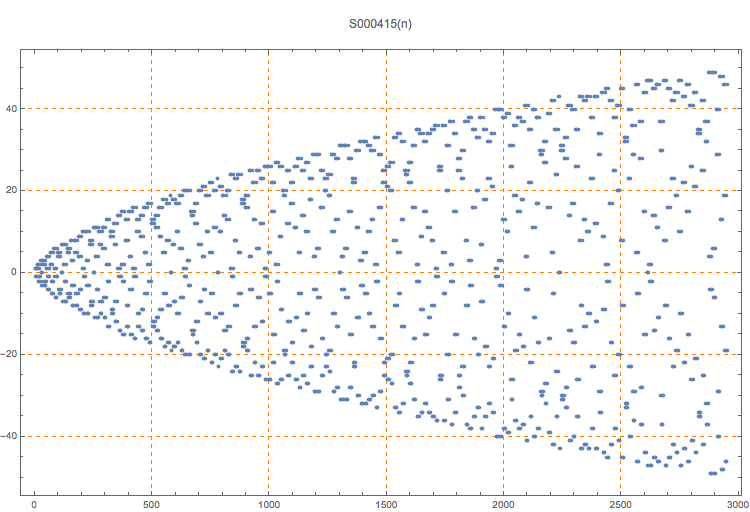The Gaussian primes, sorted by magnitude and angle.
1, 1, -1, 1, -1, -1, 1, -1, 2, 1, 1, 2, -1, 2, -2, 1, -2, -1, -1, -2, 1, -2, 2, -1, 3, 0, 0, 3, -3, 0, 0, -3, 3, 2, 2, 3, -2, 3, -3, 2, -3, -2, -2, -3, 2, -3, 3, -2, 4, 1, 1, 4, -1, 4, -4, 1, -4, -1, -1, -4, 1, -4, 4, -1, 5, 2, 2, 5, -2, 5, -5, 2, -5, -2, -2, -5
1
This sequence contains all Gaussian primes. The plot in the complex plane (see 4th link below) is especially nice. It is on the cover and in Figure 9.6 of the Bressoud and Wagon book.
T. D. Noe, Plot of 1476 pairs
T. D. Noe, Table of 1476 pairs
David Bessoud and Stan Wagon, A Course in Computational Number Theory, Key College Publishing, 2000.
T. D. Noe, Numbers plotted in the complex plane
Eric W. Weisstein, MathWorld: Gaussian Prime
(Mma) nn = 50; t = Select[Flatten[Table[a + b*I, {a, 0, nn}, {b, a, nn}]], Abs[#] <= nn && PrimeQ[#, GaussianIntegers -> True] &]; t2 = Sort[t, Abs[#1] <= Abs[#2] &]; t3 = Table[If[Im[z] == 0, {Re[z], 0}, {Im[z], Re[z]}], {z, t2}]; t4 = {}; Do[{x, y} = z; If[z == {1, 1}, t4 = Join[t4, {{x, y}, {-x, y}, {-x, -y}, {x, -y}}], If[y == 0, t4 = Join[t4, {{x, 0}, {0, x}, {-x, 0}, {0, -x}}], t4 = Join[t4, {{x, y}, {y, x}, {-y, x}, {-x, y}, {-x, -y}, {-y, -x}, {y, -x}, {x, -y}}]]], {z, t3}]; Flatten[t4]
sign,nice
T. D. Noe, Dec 15 2014
